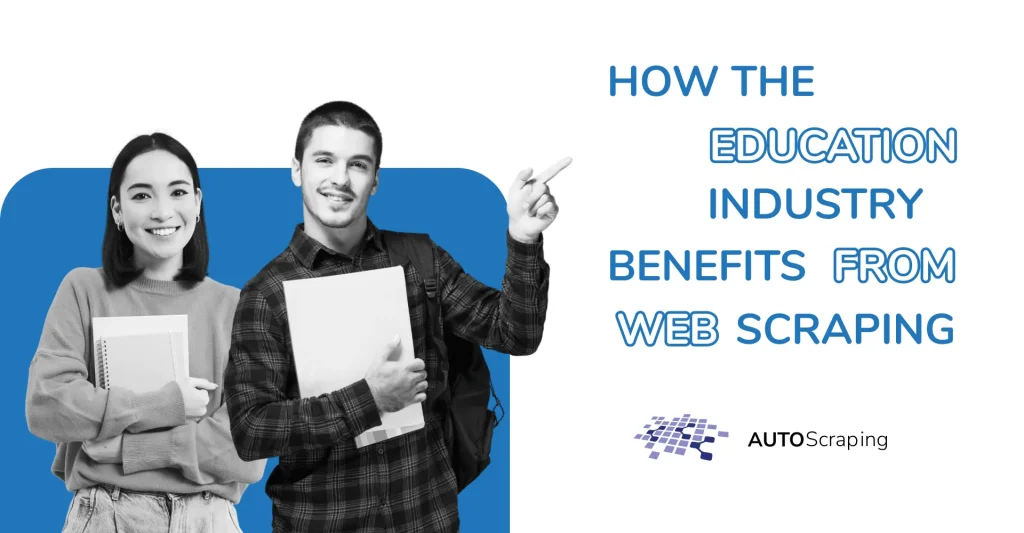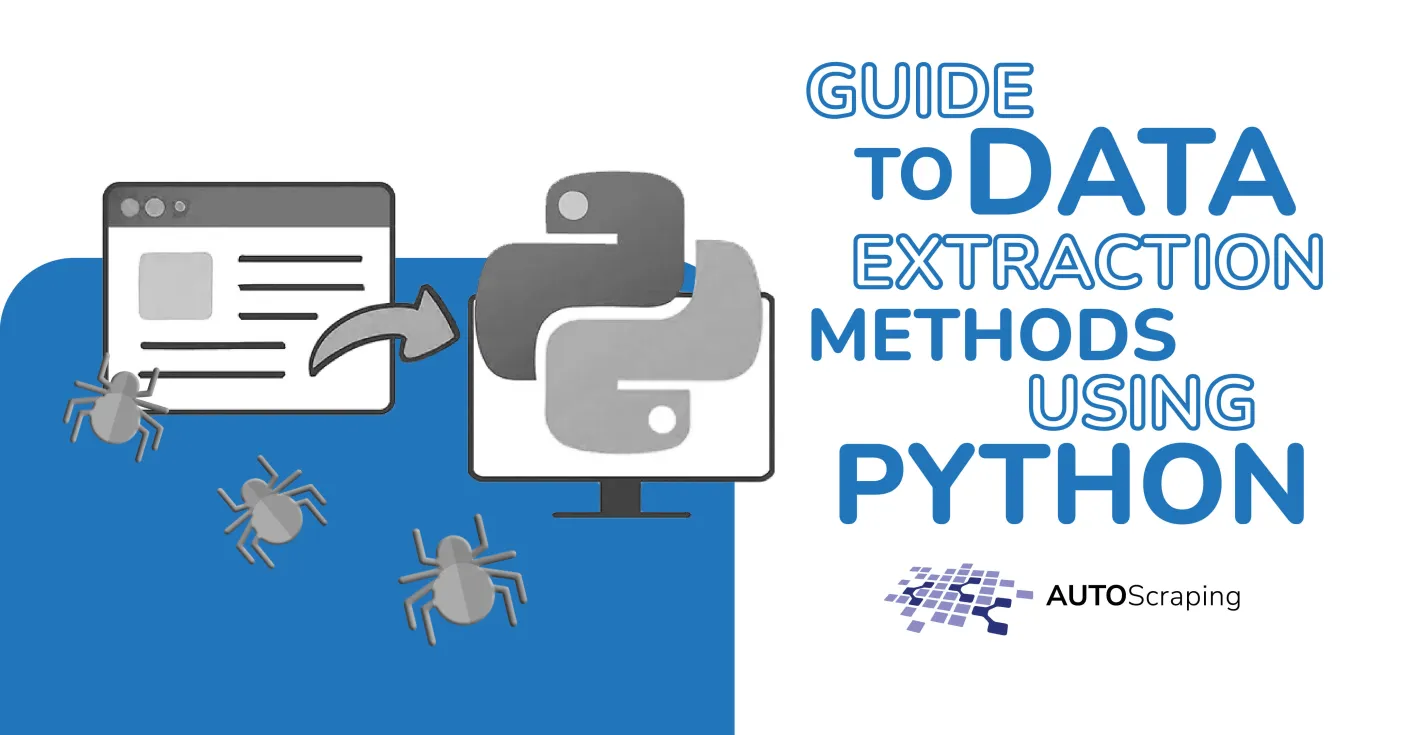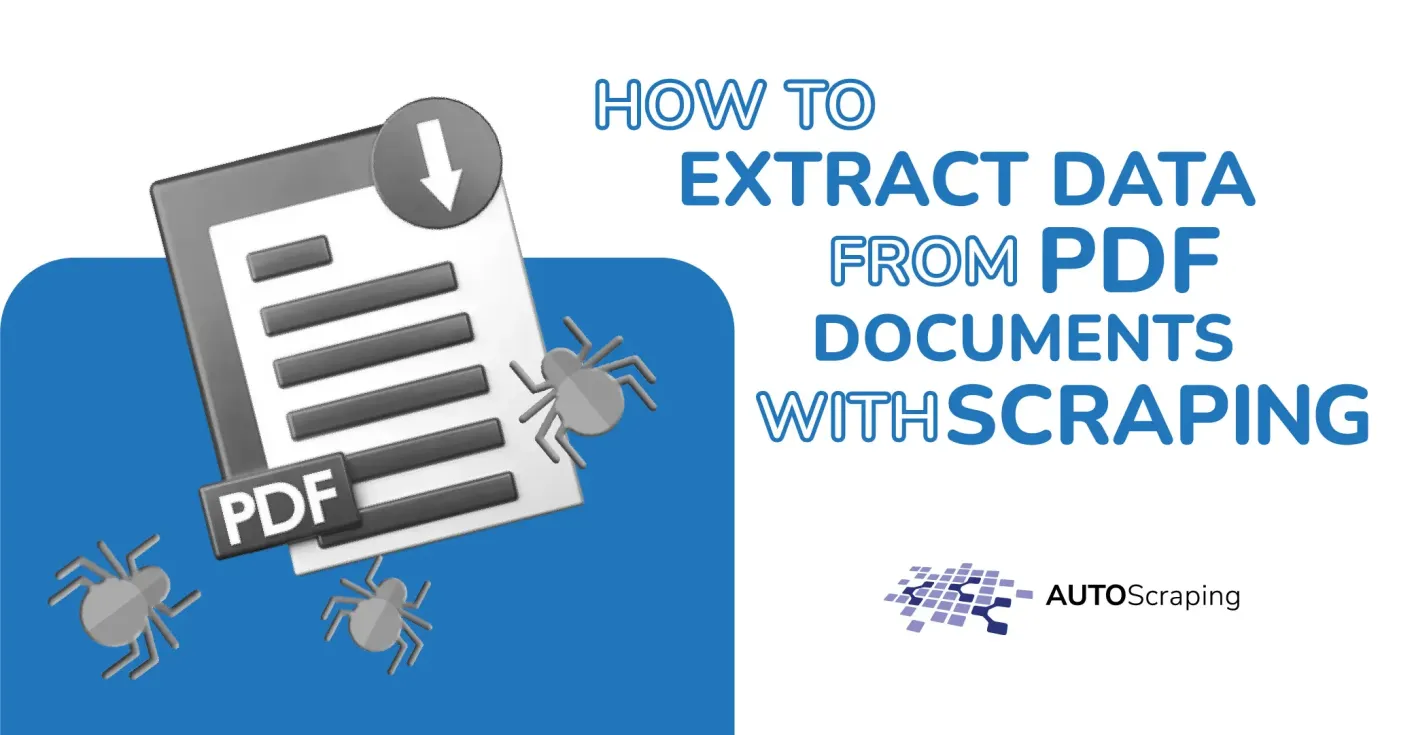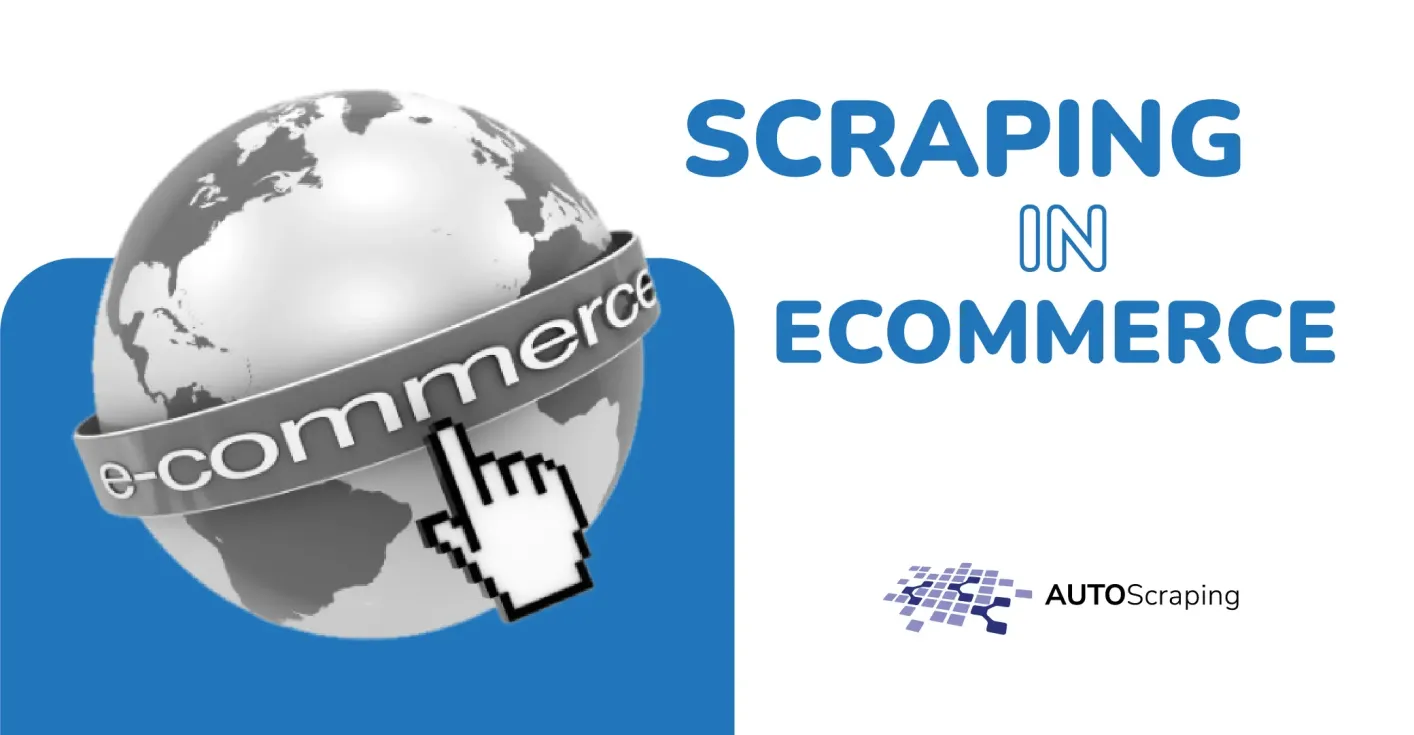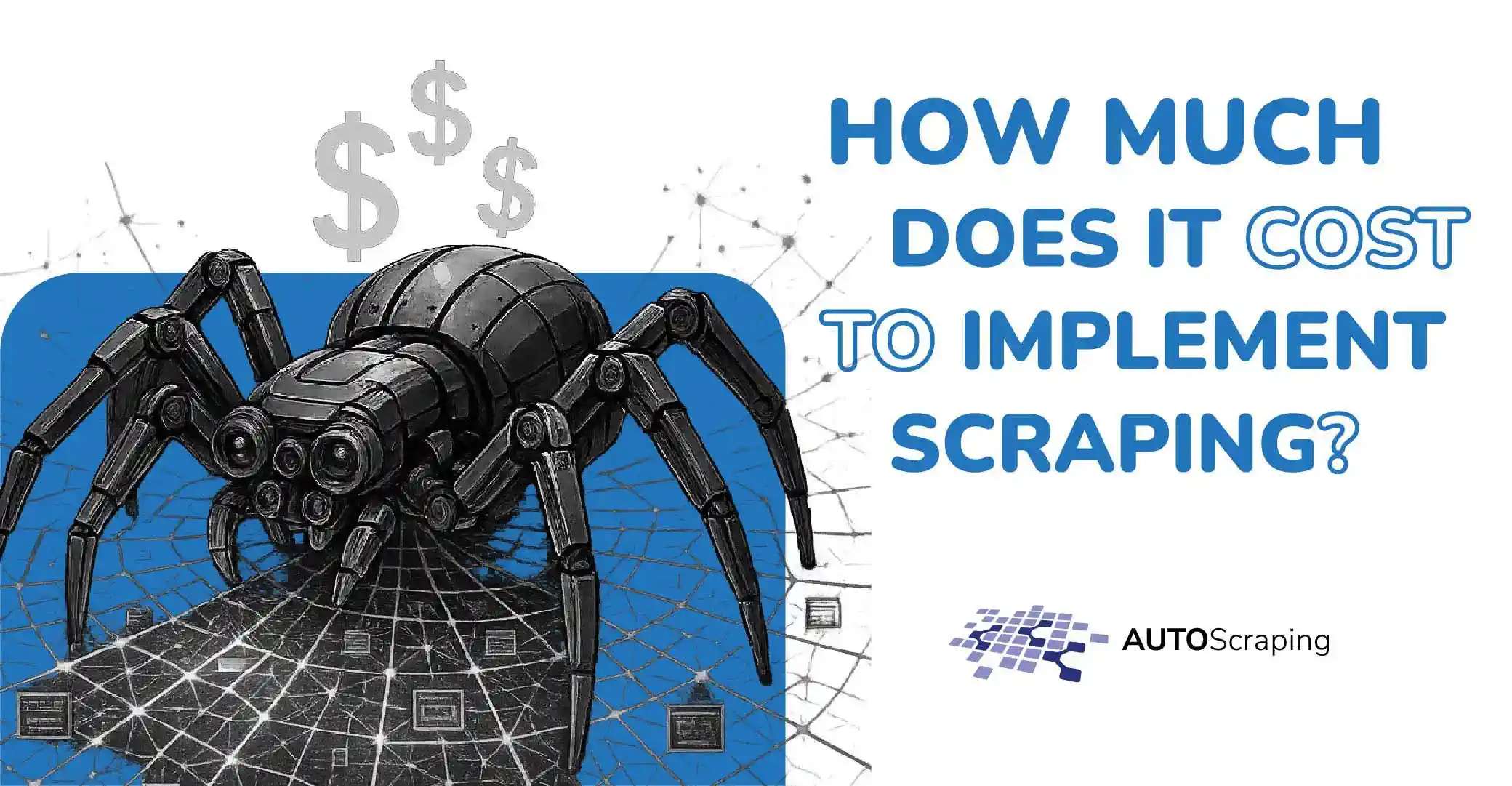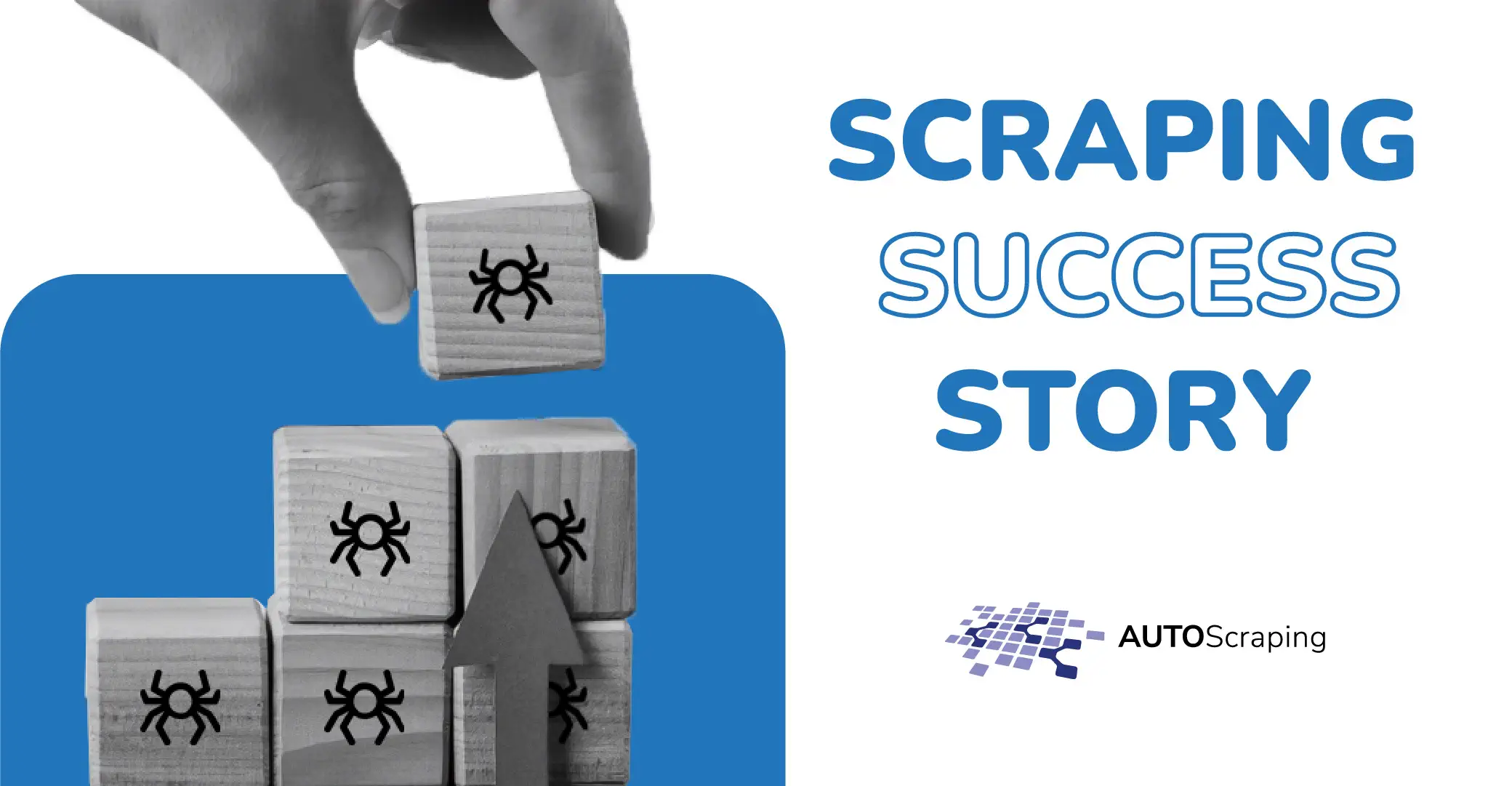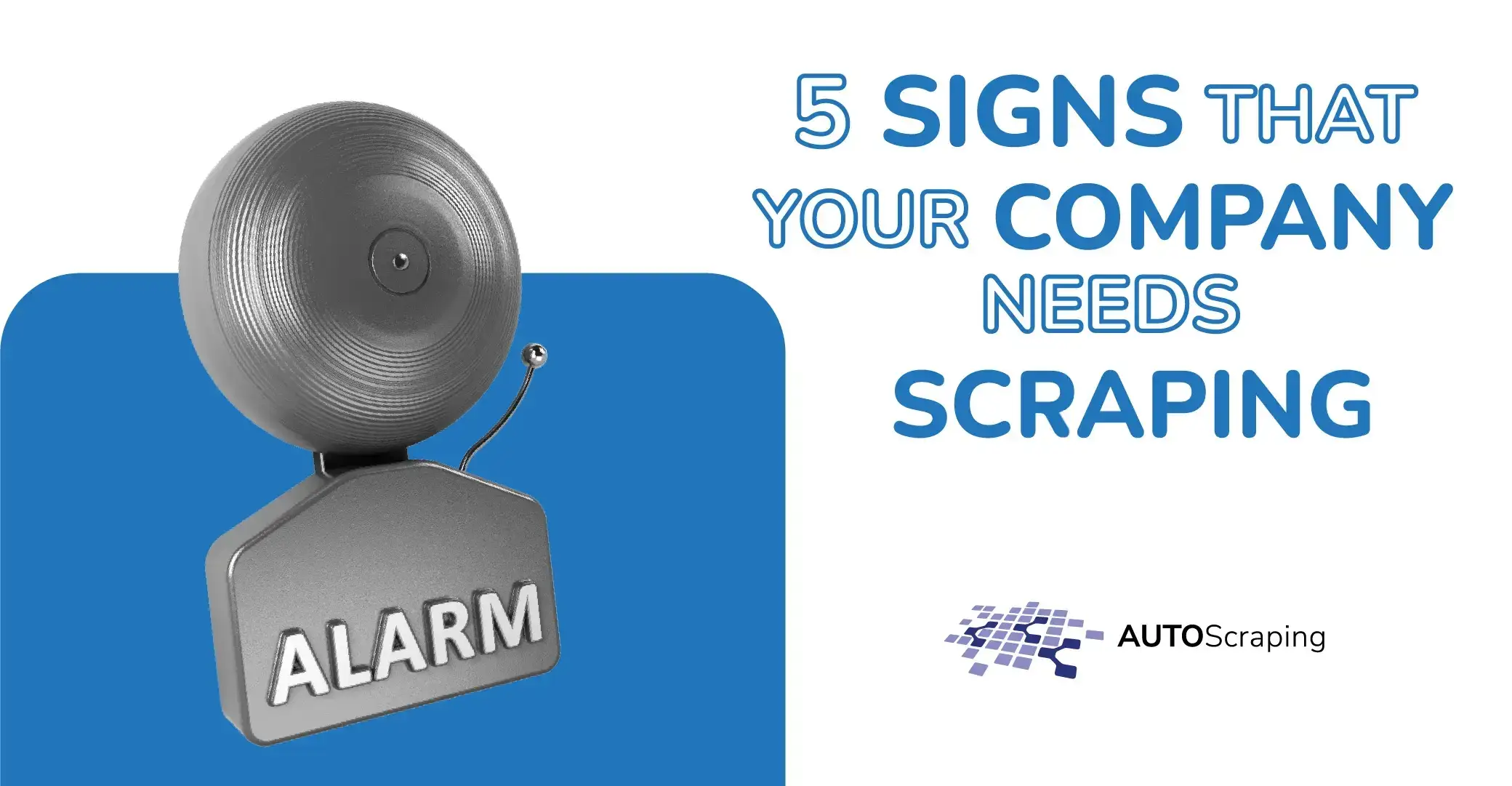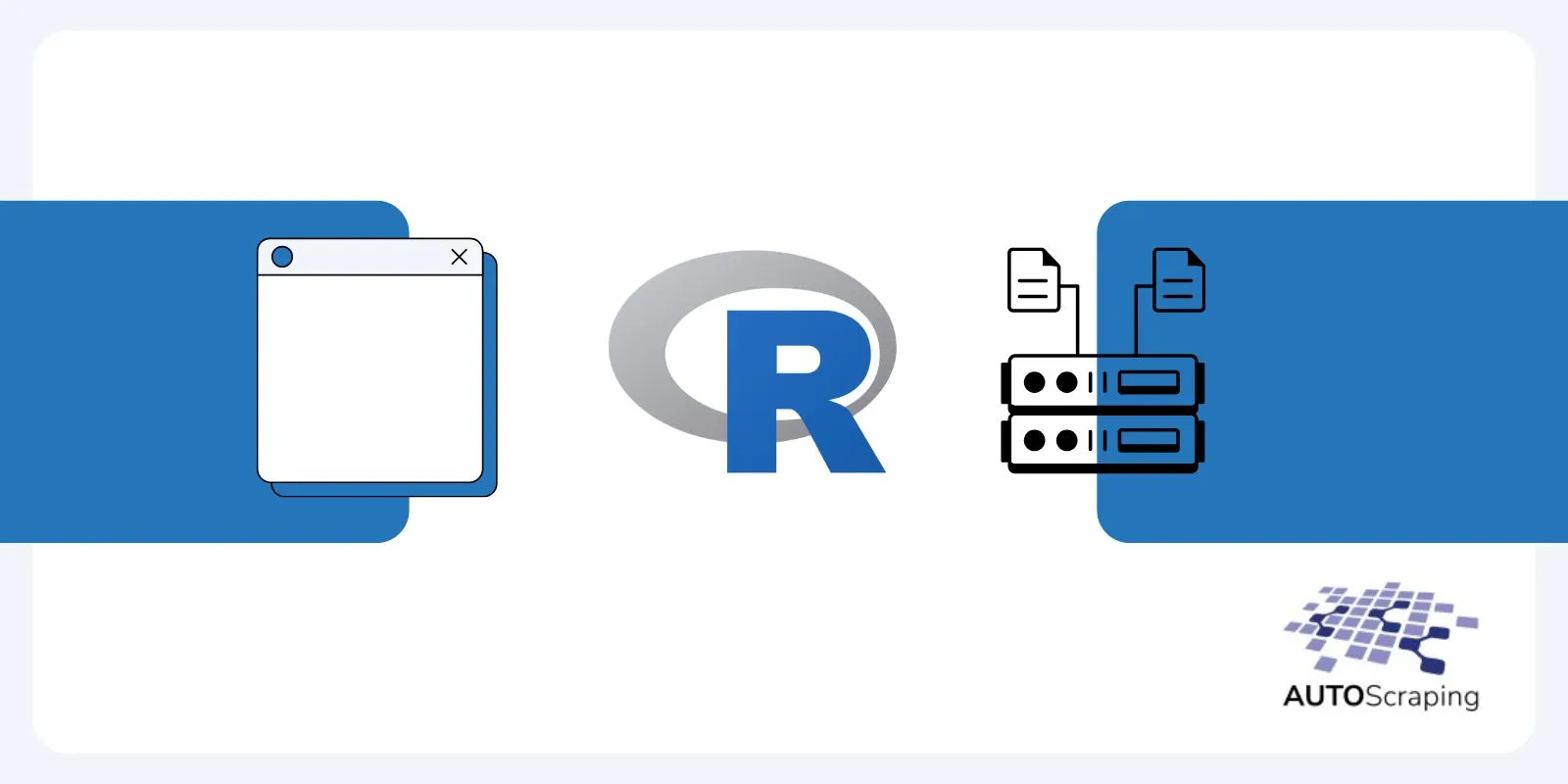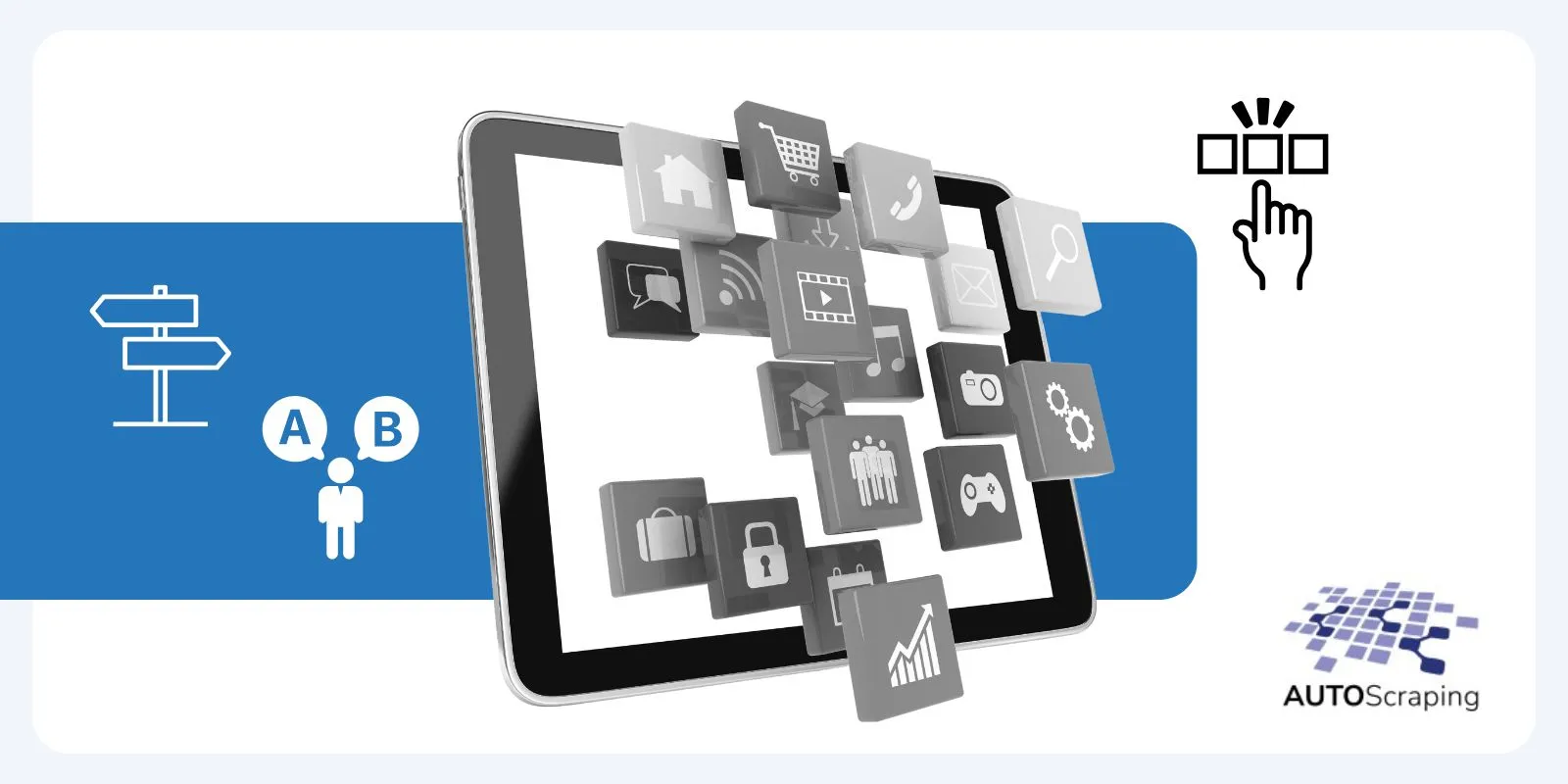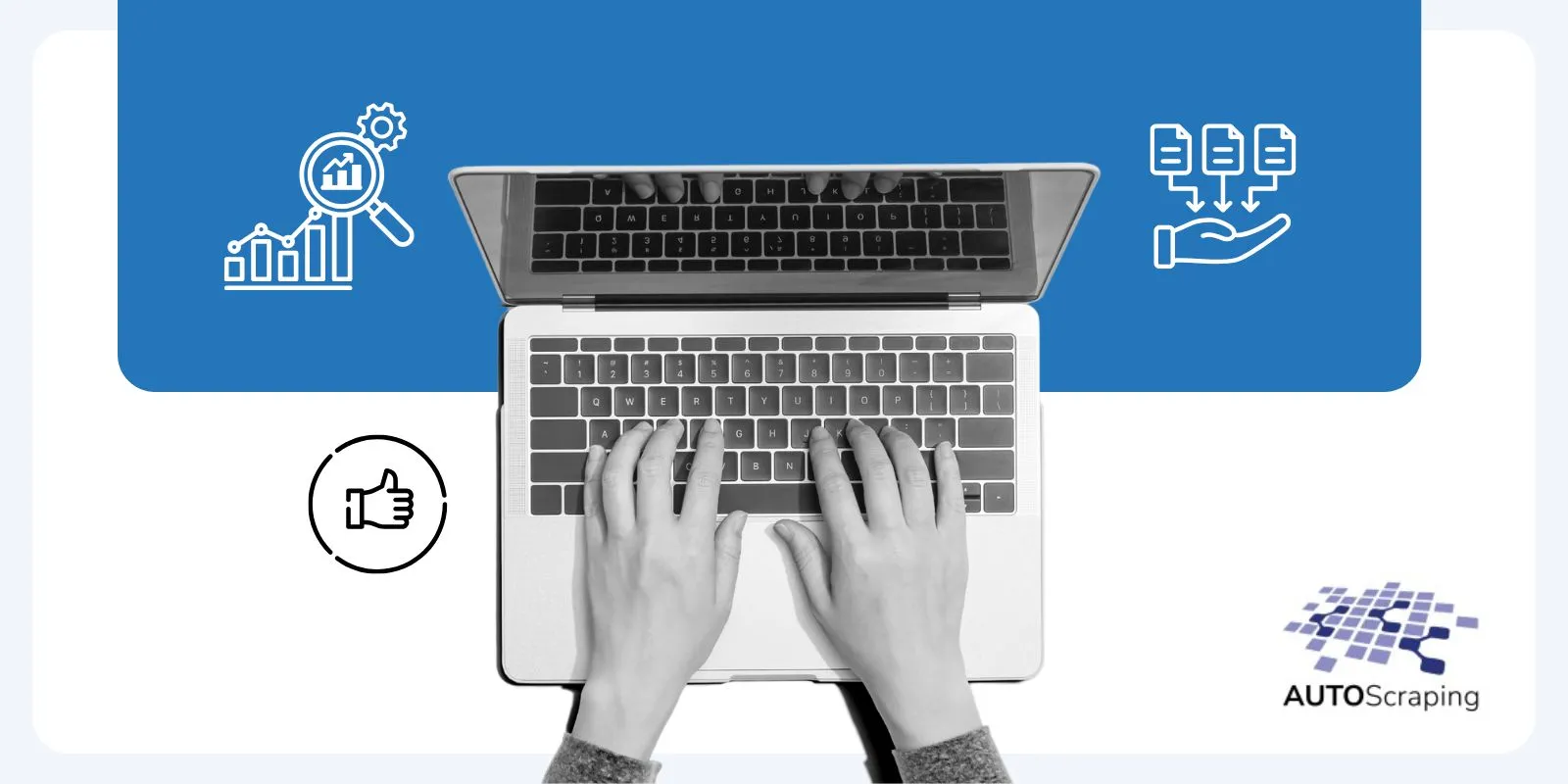The education industry is increasingly recognizing the importance of data in improving educational outcomes and operational efficiency. Web scraping is emerging as a powerful tool that allows educational institutions to extract valuable data from the web, providing insights that can enhance curriculum development, student recruitment, research, and personalized learning experiences. By leveraging web scraping, educational organizations can stay ahead of trends, better understand student needs, and optimize their strategies for greater impact.
Understanding Web Scraping and Its Role in Education
What is Web Scraping?
Web scraping is the automated process of extracting data from websites using specialized tools or scripts. In the education industry, web scraping can be used to gather data on everything from job market trends and student behavior to academic research and online course offerings. This data is crucial for making informed decisions that enhance educational strategies and outcomes.
- Automated data extraction from various online sources.
- Critical insights into educational trends, student needs, and research developments.
- Enhanced decision-making based on accurate and up-to-date data.
Why Web Scraping Matters in Education
In an era where data drives decision-making, web scraping offers educational institutions a way to stay competitive and relevant. By collecting and analyzing data from the web, schools, universities, and educational platforms can make data-driven decisions that improve their curricula, attract more students, and provide personalized learning experiences.
- Real-time data helps institutions adapt to changing educational needs.
- Informed curriculum development aligns with current industry trends and student demands.
- Personalized learning experiences tailored to individual student preferences.

Enhancing Curriculum Development with Web Scraping
Using Web Scraping to Analyze Industry Trends and Skills Demand
Educational institutions can use web scraping to monitor industry trends and skills in demand, ensuring that their curricula remain relevant and aligned with the job market. By scraping data from job boards, industry reports, and professional forums, institutions can identify the skills employers are seeking and adjust their programs accordingly.
- Monitor job market trends to keep curricula up-to-date.
- Identify emerging skills and incorporate them into course offerings.
- Align educational programs with real-world demands.
Incorporating Global Educational Content Through Web Scraping
Web scraping enables institutions to integrate diverse educational resources from global sources into their curricula. By scraping educational content from international universities, research institutions, and online learning platforms, schools can offer a broader and more comprehensive educational experience to their students.
- Access global content to enrich local curricula.
- Incorporate diverse perspectives and knowledge from around the world.
- Enhance educational quality by integrating the best global resources.
Case Study: Curriculum Development with Web Scraping and Real-Time Data
A leading university used web scraping to gather data on emerging technologies and industry trends. By analyzing this data, the university updated its computer science curriculum to include new programming languages and methodologies in high demand. As a result, graduates were better prepared for the job market, leading to increased employability and higher enrollment rates.
- Collected real-time data on industry trends.
- Updated curriculum to reflect current market demands.
- Improved student outcomes through relevant and timely education.

Improving Student Recruitment and Enrollment Strategies with Web Scraping
Web Scraping for Identifying Potential Students
Web scraping can be a powerful tool for identifying potential students. By scraping data from social media, forums, and educational websites, institutions can gather insights into the interests, behaviors, and demographics of prospective students, enabling more targeted recruitment strategies.
- Gather data on prospective students from various online sources.
- Identify student interests and tailor recruitment efforts.
- Increase enrollment by targeting the right audience.
Optimizing Marketing Campaigns with Web Scraping
Educational institutions can use web scraping to optimize their marketing campaigns by analyzing data on student preferences and competitor strategies. By scraping data from competitors’ websites and social media channels, institutions can refine their marketing messages, highlight unique selling points, and attract more students.
- Analyze competitor strategies to improve marketing efforts.
- Tailor marketing messages based on student preferences.
- Increase campaign effectiveness and attract more applicants.
Competitor Analysis for Recruitment Using Web Scraping
Web scraping allows educational institutions to monitor the recruitment strategies of their competitors. By analyzing competitor offerings, pricing, and marketing tactics, institutions can adjust their strategies to stay competitive and attract more students.
- Monitor competitor offerings and strategies.
- Adjust recruitment tactics based on competitive insights.
- Stay ahead of the competition in attracting students.
Enhancing Educational Research and Academic Publishing with Web Scraping
Using Web Scraping to Collect Academic Research Data
Academic researchers can use web scraping to gather data from journals, publications, and databases. This allows for more comprehensive literature reviews, data analysis, and the identification of research gaps, ultimately contributing to higher-quality research outcomes.
- Gather comprehensive research data from multiple sources.
- Enhance literature reviews with broader data sets.
- Identify research gaps for future studies.
Identifying Research Trends Through Web Scraping
Web scraping helps researchers track emerging trends in their fields by analyzing data from academic publications, conference proceedings, and research forums. This enables academics to stay current with the latest developments and focus their research on cutting-edge topics.
- Track emerging trends in academic research.
- Focus on cutting-edge topics that are gaining attention.
- Stay ahead in research by identifying trends early.
Supporting Grant Proposals and Funding Applications with Web Scraping
By using web scraping to gather data that supports grant proposals and funding applications, researchers can demonstrate the relevance and potential impact of their work. This data can include statistics, trends, and previous research outcomes that strengthen the case for funding.
- Gather supporting data for grant proposals.
- Demonstrate the impact and relevance of research.
- Increase the chances of securing funding.

Creating Personalized Learning Experiences with Web Scraping
Customizing Learning Materials Using Web Scraping
Web scraping enables the creation of personalized learning materials that cater to individual student preferences and learning styles. By analyzing data on student behavior and performance, educators can tailor educational content to meet the specific needs of each learner.
- Analyze student data to understand learning preferences.
- Create personalized materials that cater to individual needs.
- Enhance learning outcomes through customized education.
Developing Adaptive Learning Platforms with Web Scraping
Adaptive learning platforms use web scraping to gather data on student interactions and progress. This data is then used to adjust the learning experience in real-time, providing students with the appropriate level of challenge and support.
- Use data to adjust learning based on student progress.
- Provide personalized support and challenges.
- Improve student engagement with adaptive learning.
Case Study: Personalized Learning Programs Created Through Web Scraping
An online learning platform used web scraping to analyze student interaction data. Based on this analysis, the platform customized learning paths for each student, resulting in higher engagement and improved academic performance.
- Analyzed student data to create personalized learning paths.
- Improved engagement through customized experiences.
- Achieved better academic outcomes with tailored learning.
Monitoring Online Educational Content and Trends with Web Scraping
Web Scraping for Tracking Online Courses and MOOCs
Educational institutions can use web scraping to monitor the popularity and content of online courses and Massive Open Online Courses (MOOCs). By analyzing this data, they can identify trends, gaps, and opportunities for new course offerings.
- Monitor popular online courses to identify trends.
- Analyze MOOC content for insights into student interests.
- Develop new courses based on identified gaps and opportunities.
Analyzing Educational Blogs and Forums with Web Scraping
Web scraping helps institutions keep track of discussions and trends in educational blogs and forums. This information can be used to understand the concerns, interests, and preferences of students and educators, allowing institutions to adapt their offerings accordingly.
- Track discussions in educational blogs and forums.
- Understand student and educator concerns and interests.
- Adapt educational offerings to meet emerging needs.
Case Study: Staying Ahead of Educational Trends Using Web Scraping
A prominent educational institution used web scraping to monitor discussions in online educational communities. By staying informed about emerging trends, the institution was able to adapt its course offerings and maintain its position as a leader in innovative education.
- Monitored online discussions to stay informed.
- Adapted course offerings to reflect emerging trends.
- Maintained leadership in innovative education.

Web Scraping Service Providers for the Education Industry
Autoscraping
Autoscraping is a specialized service provider that offers web scraping solutions tailored for the education sector. Whether it’s gathering data for curriculum development, student recruitment, or research, Autoscraping provides tools and services that help educational institutions harness the power of web scraping efficiently and effectively.
- Tailored scraping solutions for education.
- Comprehensive data services to support educational goals.
- User-friendly tools for easy data collection and analysis.
Other Web Scraping Service Providers
- Octoparse: Offers a visual scraping tool that is easy for non-technical users to operate, making it suitable for educators and administrators.
- WebHarvy: Known for its user-friendly interface, WebHarvy is ideal for scraping educational content and data from various sources.
- ParseHub: Capable of handling complex websites, ParseHub is useful for academic research and large-scale data scraping projects.
- Diffbot: Provides AI-driven web scraping services, which are particularly beneficial for gathering structured data from a wide range of educational websites.
Challenges and Best Practices in Web Scraping for Education
Common Challenges in Web Scraping for Education
While web scraping offers numerous benefits, it also presents challenges, particularly in technical and legal areas. Educational institutions must navigate issues such as IP blocking, data privacy, and compliance with website terms of service.
- Technical challenges include dealing with dynamic content and CAPTCHA systems.
- Legal concerns involve compliance with data privacy laws and website terms.
- Ethical considerations must be addressed, particularly regarding student data.
Best Practices for Web Scraping in Education
To maximize the effectiveness of web scraping while minimizing risks, educational institutions should follow best practices such as using proxies, respecting robots.txt files, and ensuring compliance with legal and ethical standards.
- Use proxies and rotating IPs to avoid detection and blocking.
- Respect website rules by adhering to robots.txt directives.
- Ensure compliance with data privacy laws and ethical standards.

Tools and Resources for Web Scraping in Education
Recommended Web Scraping Tools for the Education Sector
Several tools are particularly well-suited for web scraping in education, including:
- BeautifulSoup: Ideal for beginners and simple scraping tasks.
- Scrapy: Best for large-scale projects requiring efficiency and speed.
- Selenium: Suitable for scraping dynamic websites that require user interaction.
Educational Resources and Tutorials on Web Scraping
To get started with web scraping, educators and administrators can take advantage of various resources:
- Courses on Coursera and Udemy that cover basic and advanced web scraping techniques.
- Books like «Web Scraping with Python» by Ryan Mitchell offer comprehensive guides.
- Online tutorials on Real Python and GeeksforGeeks provide step-by-step instructions.
Online Communities for Educational Data Professionals Involved in Web Scraping
Joining online communities can provide valuable support and insights for those involved in web scraping in education:
- Stack Overflow: A forum for technical questions and solutions.
- Reddit’s r/webscraping: A community for sharing experiences and tips.
- GitHub: Explore open-source web scraping projects and collaborate with other professionals.
Frequently Asked Questions About Web Scraping in Education
What are the benefits of web scraping?
Web scraping offers a wide range of benefits for the education industry. It allows institutions to gather large volumes of data quickly and efficiently, enabling them to make informed decisions based on real-time information. Some key benefits include:
- Enhanced curriculum development: By monitoring industry trends and skills demand, educational institutions can update their curricula to stay relevant and aligned with job market needs.
- Improved student recruitment: Web scraping helps institutions identify and target potential students more effectively, leading to increased enrollment.
- Personalized learning experiences: With the data collected through web scraping, institutions can create customized learning paths and materials that cater to individual student needs, improving learning outcomes.
- Academic research support: Web scraping allows researchers to gather comprehensive data for literature reviews, identify research gaps, and track emerging trends, leading to higher-quality research.
Overall, web scraping enables educational institutions to operate more efficiently and deliver better outcomes for students and educators alike.
What is a web scraping article?
A web scraping article is a piece of writing that provides information about the techniques, tools, and applications of web scraping. Such articles typically cover topics like how to get started with web scraping, best practices, and the legal and ethical considerations involved. In the context of the education industry, a web scraping article might also explore how educational institutions can use web scraping to enhance their operations, from curriculum development to student recruitment and research.
- Educational purpose: Web scraping articles are designed to educate readers about the benefits and applications of web scraping in various industries.
- Practical guidance: These articles often include step-by-step instructions, case studies, and examples to help readers understand how to implement web scraping effectively.
- Focus on tools and techniques: Web scraping articles typically discuss the tools and technologies available for scraping data from websites, offering insights into which tools are best suited for specific tasks.
Such articles are valuable resources for educators, administrators, and researchers looking to leverage web scraping to improve their work.
Is it helpful to understand the structure of or inspect a website before writing a scraping script?
Absolutely, understanding the structure of a website is crucial before writing a web scraping script. Inspecting the website’s HTML structure allows you to identify the elements you need to target, such as specific tags, classes, or IDs, ensuring that your script accurately extracts the desired data. By examining the website beforehand, you can also determine how dynamic content is loaded, whether through JavaScript or AJAX, and adjust your scraping strategy accordingly.
Benefits of Inspecting a Website Before Scraping:
- Increased accuracy: By understanding the website’s structure, you can write more precise scraping scripts that target the correct elements.
- Efficiency: Knowing the structure beforehand can save time and reduce the need for trial and error during the scraping process.
- Avoiding errors: Inspecting the website helps you anticipate potential issues, such as pagination, dynamic content, or hidden elements, allowing you to handle them effectively in your script.
This approach not only improves the efficiency of your scraping process but also ensures that you gather the most accurate and relevant data for your needs.
| Benefit | Description |
| Increased accuracy | Precise targeting of web elements for data extraction. |
| Efficiency | Saves time and reduces the need for trial and error. |
| Avoiding errors | Helps anticipate and handle issues like dynamic content or pagination. |

How do companies use web scraping?
Companies across various industries use web scraping to gather valuable data that informs their decision-making processes. In the education industry, web scraping is used for several purposes:
- Market research: Companies scrape data from competitors’ websites, customer reviews, and social media to understand market trends and customer preferences.
- Price monitoring: E-commerce companies use web scraping to monitor competitor prices and adjust their pricing strategies in real-time.
- Lead generation: Businesses scrape contact information from directories, social media platforms, and other websites to build databases of potential customers.
- Content aggregation: Media and publishing companies use web scraping to gather content from multiple sources, which they can then curate and present on their platforms.
In the education sector, companies and institutions use web scraping to track industry trends, gather data for curriculum development, monitor student behavior and preferences, and enhance their research capabilities.
Common Uses of Web Scraping in Education:
- Curriculum development: Scraping job boards and industry reports to align courses with market demands.
- Student recruitment: Collecting data on prospective students to tailor recruitment efforts.
- Research enhancement: Gathering comprehensive data from academic sources for high-quality research.
| Application | How It’s Used in Education |
| Curriculum development | Aligning courses with industry demands by scraping job boards and reports. |
| Student recruitment | Targeting prospective students by collecting relevant data from various online sources. |
| Research enhancement | Gathering data from academic sources to support and enhance research quality. |
How can web scraping improve educational outcomes?
Web scraping improves educational outcomes by providing institutions with the data needed to make informed, strategic decisions. This data-driven approach allows for more precise and effective educational strategies, ultimately leading to better outcomes for students.
- Curriculum alignment: Web scraping helps align curricula with current industry demands, ensuring that students are learning relevant skills that will benefit them in the job market.
- Personalized learning: By analyzing student behavior and performance data, educators can create customized learning experiences that cater to individual needs, improving student engagement and academic success.
- Research support: Web scraping enables researchers to gather comprehensive data for literature reviews, identify emerging trends, and fill research gaps, contributing to higher-quality research and academic contributions.
By leveraging web scraping, educational institutions can enhance the quality of their programs, attract more students, and improve overall academic performance.
Is web scraping legal for educational purposes?
Web scraping is generally legal, but it must be conducted in compliance with data privacy laws and website terms of service. Educational institutions should ensure that they are adhering to the legal guidelines and ethical standards associated with web scraping. Some key considerations include:
- Terms of service: Always review and respect the terms of service of the websites being scraped to avoid potential legal issues.
- Data privacy: Ensure that any personal data collected is handled in accordance with data privacy laws, such as GDPR or CCPA.
- Ethical scraping: Focus on scraping publicly available data and avoid extracting sensitive or confidential information.
By following these guidelines, educational institutions can use web scraping responsibly and legally to enhance their operations without violating any legal or ethical boundaries.
What are the ethical considerations of using web scraping in education?
When implementing web scraping in education, it’s important to consider the ethical implications, particularly regarding data privacy and the integrity of the information being collected.
- Data privacy: Educational institutions must ensure that the data they collect does not infringe on the privacy rights of individuals, especially when scraping information about students or other sensitive data.
- Transparency: Institutions should be transparent about how they intend to use the data collected through web scraping, ensuring that it is used in ways that benefit students and educational outcomes.
- Respect for intellectual property: Web scraping should not violate copyright laws or the intellectual property rights of content creators. It’s important to respect the ownership of the data being scraped and use it in accordance with legal and ethical guidelines.
By adhering to these ethical considerations, educational institutions can ensure that their web scraping practices are not only legal but also align with broader principles of fairness and respect for individual rights.
How can educational institutions start using web scraping effectively?
To start using web scraping effectively, educational institutions should take a strategic approach that involves the following steps:
- Identify data needs: Determine what types of data will be most valuable for your institution, whether it’s for curriculum development, student recruitment, or research.
- Select appropriate tools: Choose web scraping tools that fit your institution’s technical capabilities and data requirements. Tools like BeautifulSoup, Scrapy, or Selenium are commonly used in the education sector.
- Follow best practices: Implement web scraping in a way that respects legal and ethical standards. Use proxies to avoid detection, respect robots.txt files, and ensure compliance with data privacy laws.
- Analyze and apply data: Once data is collected, it’s important to analyze it effectively and apply the insights to your institution’s strategies. Whether it’s adjusting curricula, targeting prospective students, or supporting research, the data should be used to drive meaningful improvements.
By taking these steps, educational institutions can leverage web scraping to enhance their operations, improve educational outcomes, and stay competitive in an increasingly data-driven world.
Conclusion: The Future of Web Scraping in Education
Web scraping is transforming the education industry by providing valuable data that enhances curriculum development, student recruitment, research, and personalized learning. As the education sector continues to evolve, the use of web scraping will likely become even more integral to educational strategies.
Educational institutions that embrace web scraping can expect to see significant improvements in their operations and outcomes. By investing in the right tools, following best practices, and staying informed about legal and ethical considerations, these institutions can fully leverage the benefits of web scraping and position themselves for future success.

